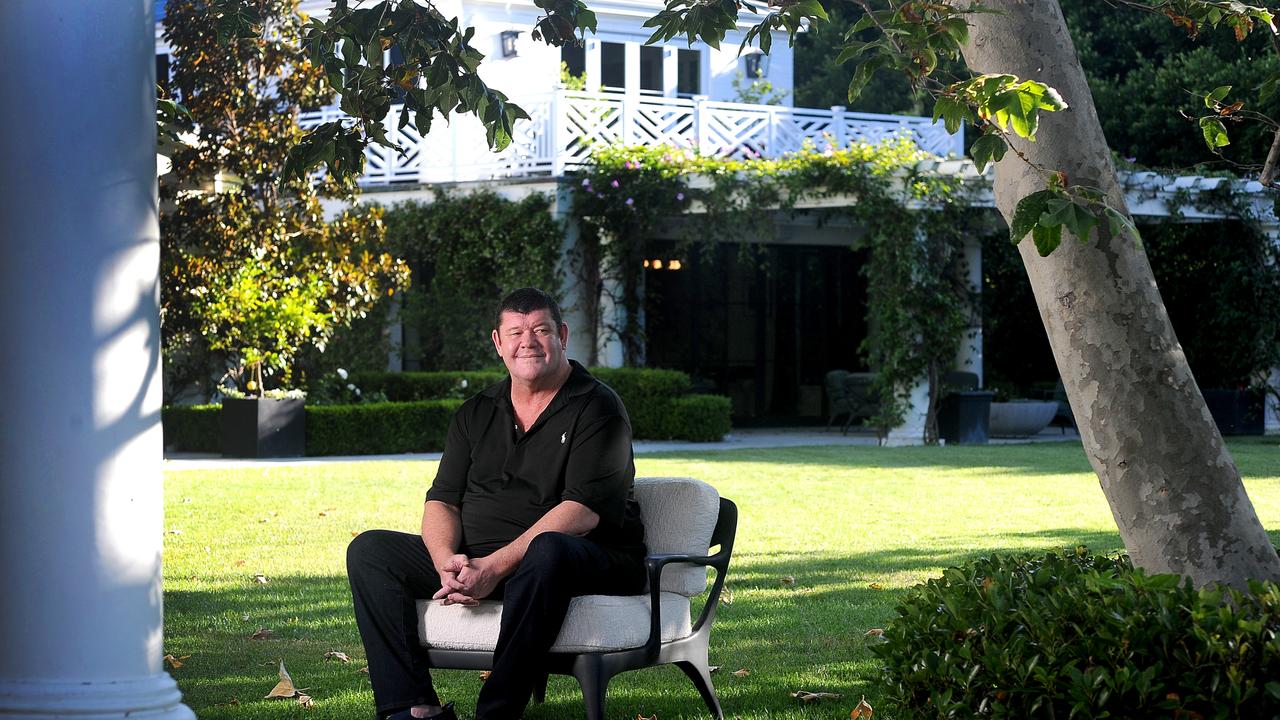Employees increasingly working from city offices but Sydney and Melbourne lagging: Property Council of Australia
Employees are increasingly choosing to work from their CBD offices rather than from home but southern capitals are lagging, according to the Property Council of Australia.

Employees are increasingly choosing to work from their CBD offices rather than from home, but southern capitals are lagging in the return to work according to data from the Property Council of Australia.
The shift could have big implications for how companies operate, and for their landlords, who are hoping the shift to hybrid working does not hit demand for space.
But the Property Council’s latest survey showed the biggest cities are lagging with office occupancy in September in Melbourne edging up from 39 to 41 per cent, whereas occupancy rates in Sydney stalled at 52 per cent.
Canberra was the only capital city to drop, with the occupancy rate falling from 64 per cent to 54 per cent.
Other capitals performed more strongly, with Brisbane having the largest rise in occupancy rate, lifting from 57 to 70 per cent in September, followed by Adelaide going from 71 per cent to 78 per cent, and Perth from 69 per cent to 76 per cent.
Property Council chief executive Ken Morrison said that the expected office occupancy increase after the winter Omicron wave subsided had been evident in most capital cities around the nation.
“It’s especially encouraging to see office occupancy jump significantly in several major CBDs, but the results are a lot lower in Melbourne and Sydney, which had more lockdown disruption through the pandemic,” Mr Morrison said.
“With warmer weather now upon us and the Omicron wave subsiding significantly, it bodes well for continued momentum in the months ahead.”
The Property Council survey found office occupancy rates varied greatly between peak and low days.
Mr Morrison said the survey showed people were returning to their offices strongly on peak days in Adelaide (83 per cent), Brisbane (79 per cent), Sydney (65 per cent), Canberra (60 per cent) and Melbourne (60 per cent).
“Melbourne’s peak occupancy day increased by 9 per cent from the previous month, which is a positive sign despite the overall occupancy rate remaining subdued,” he said.
Perth’s peak day saw occupancy rates rise to 84 per cent and Melbourne to 60 per cent, whereas on a low day, Perth and Melbourne’s occupancy rates fell to 68 and 25 per cent, respectively.
The preference for greater flexibility such as working from home was a major driver of occupancy levels, increasing from 64 to 83 per cent, the survey found.
The influence of health concerns on data continued to diminish last month, falling from 30 per cent in July to 4 per cent in September.
Tenants are still demanding space even as staff make a slow return.
Real estate agency JLL’s latest national office vacancy statistics for the September quarter showed that five of the six monitored Australian CBD office markets recorded positive net absorption over the period.
The national vacancy rate is unchanged over the September quarter at 14.1 per cent and JLL head of research Andrew Ballantyne said that corporate Australia was taking a “disciplined” approach to office space requirements as the global economic backdrop deteriorates.
The firm’s head of office leasing Tim O’Connor said the expansion of smaller businesses was contributing to positive net absorption across most Australian office markets and there is a flight to higher quality premises in Sydney.
Mr O’Connor said there was competition for better quality assets and prime net face rents in the Sydney CBD increased by 5.3 per cent over the past 12 months.





To join the conversation, please log in. Don't have an account? Register
Join the conversation, you are commenting as Logout